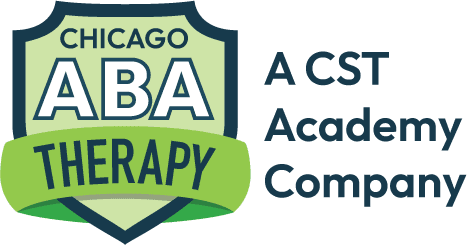The Early Start Denver Model (ESDM) is a comprehensive behavioral early intervention approach for children with Autism Spectrum Disorder (ASD), particularly designed for infants and toddlers aged 12 to 48 months. This evidence-based therapy combines techniques from Applied Behavior Analysis (ABA) with developmental and relationship-based approaches. Here, we explore the origins of ESDM, its developmental principles, and its significance in the field of autism therapy.
Historical Context and Development
The Early Start Denver Model was developed in the early 2000s by Sally Rogers, Ph.D., and Geraldine Dawson, Ph.D. Their collaboration aimed to create an intervention that would harness the potential of early brain plasticity, thereby significantly impacting the developmental trajectories of children with autism. The ESDM is rooted in the Denver Model, which was an earlier program also developed by Dr. Rogers and her colleagues in the 1980s at the University of Colorado Health Sciences Center.
Integrating ABA with Developmental and Relationship-Based Approaches
What sets ESDM apart is its unique integration of ABA principles with developmental and relationship-based approaches. This model is designed to be implemented within naturalistic settings such as the home or the daycare environment, making it a dynamic and flexible approach. ESDM focuses on routine and play-based activities to build positive and fun learning interactions.
Key Components of ESDM
- Interdisciplinary Approach: ESDM is delivered by trained therapists from various backgrounds, including psychologists, speech therapists, and occupational therapists, ensuring a comprehensive developmental framework.
- Parent Involvement: Parents play a crucial role in ESDM, as they are actively involved in the therapy sessions. This involvement helps reinforce the learning and interactions that take place during sessions, integrating them into the child’s everyday activities and routines.
- Individualized Treatment Plans: Each child’s plan is highly personalized based on their specific needs, strengths, and objectives, adhering to the principles of ABA to track progress and adapt strategies accordingly.
ESDM’s Impact on Autism Therapy
Since its inception, ESDM has been rigorously tested and researched, showing significant positive outcomes in language, cognitive and social skills of young children with ASD. Studies have indicated that children who receive ESDM therapy show greater improvements in IQ, language, and adaptive behavior compared to children who receive other forms of therapy.
The Early Start Denver Model represents a pivotal shift in autism therapy, emphasizing early intervention, parent involvement, and a holistic approach to development. As we continue to witness advancements in therapeutic interventions for ASD, ESDM stands out as a model that not only addresses the symptoms but also empowers children with autism to interact more fully with the world around them.
This integrative approach embodied by the ESDM aligns perfectly with the mission at Chicago ABA Therapy, where a multidisciplinary team collaborates to provide tailored, play-based, and family-inclusive therapy options. By adopting models like ESDM, Chicago ABA Therapy ensures that each child receives the most effective and compassionate care possible, helping them to achieve their full potential.










